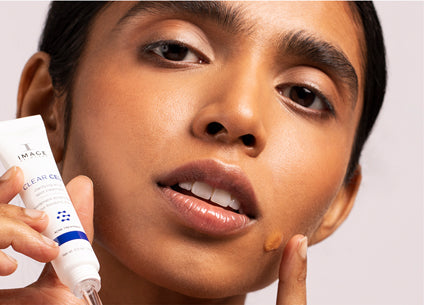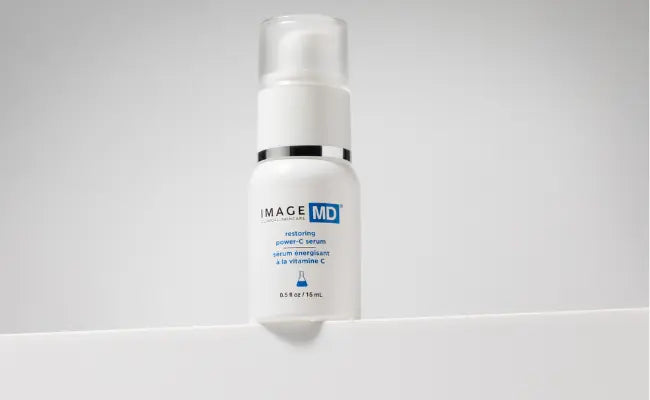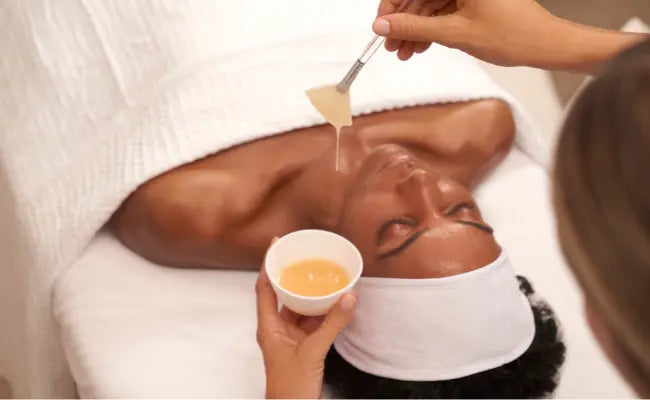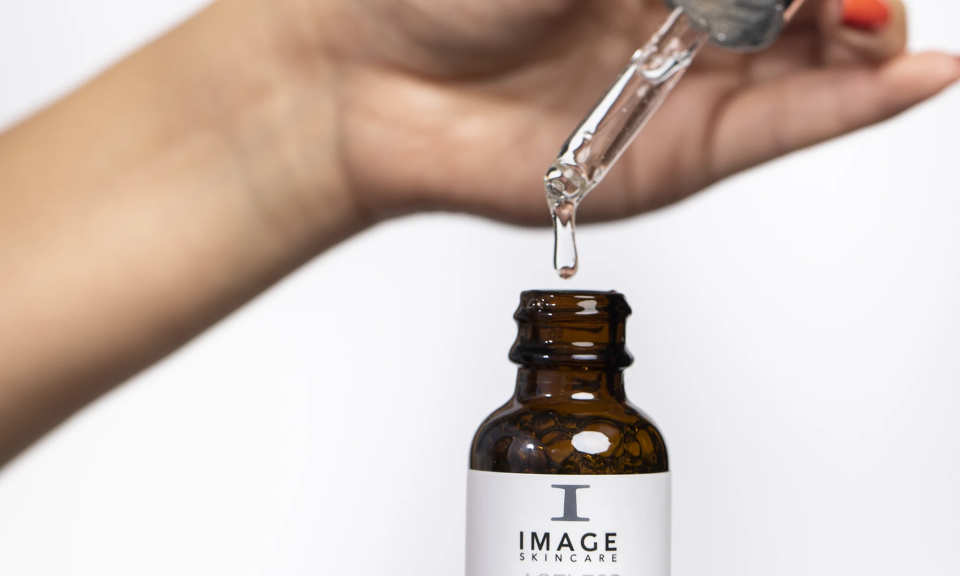
6 Types of Acne and How to Prevent Them
Acne is a skin condition that affects millions worldwide. Acne typically affects preteens and teens, but it can affect adults up to their 40s too, in what is known as adult acne. Causes of acne include excess oil production in the skin, hormonal changes or fluctuations (for example, during one’s menstrual cycle), and clogged pores and bacteria. Stress is another factor that can exacerbate acne.[1]
There are about 6 different types of acne with different characteristics.[2] Acne can also be separated into non-inflammatory and inflammatory types.[3] Knowing the different types of acne can help you approach it with more care and find the best solution to minimizing and preventing lesions.
Blackheads & Whiteheads
Blackheads and whiteheads are non-inflammatory types of acne. This means they do not become infected with bacteria and get red or swollen. Blackheads are also called open comedones, while whiteheads are called closed comedones. Both are essentially clogged pores, or hair follicles, filled with sebum (oil) and dead skin cells that stick to each other and form a plug inside the cell. Blackheads are open to the air and oxidize to get that dark color. Blackheads are not “black” because of dirt. Alternately, whiteheads are closed to the air. A layer of skin covers them and prevents oxidation. They are typically white-ish or yellow-ish in color. The T-zone area (the forehead, nose, and chin) will typically get the most amount of blackheads or whiteheads because it also happens to be the oiliest area of the face. However, both blackheads and whiteheads can occur anywhere on the body.
Papules
Inflammatory acne, unlike blackheads and whiteheads, includes acne that is infected with Propionibacterium acnes, or P. acnes bacteria. This bacteria resides inside pores and feeds on the oil there. Papules are solid, red bumps that are more often called pimples or zits. Sometimes papules can turn into pustules, which is when pus is visible at the top of the inflamed lesion. Papules form when pores become clogged with dead skin cells and oil. This pressure can become too much, breaking the hair follicle wall, causing the debris to spill out and cause irritation and inflammation.
Pustules
Pustules are basically just papules with a tip where the pus is visible. Pus forms when white blood cells combine to fight the infection caused by the P. acnes bacteria and become stuck inside the pore. The main difference in classifying papules and pustules is the visible pus (that tempts you to pop it, but you absolutely shouldn’t).
Nodules
Nodular acne is considered a severe type of acne. It is often larger than a papule or pustule, it occurs deeper inside the skin and has the distinction of being rather painful. Nodules can be red or skin-colored and do not have a pus-filled tip. In extreme cases, nodules stay in the skin for weeks or even months without going away. Over-the-counter treatments may not always be successful in treating nodular acne. In some cases, it may be best to consult a dermatologist and try prescription options.
Cysts
Typically considered the most severe type of acne, cystic acne often requires treatment with medication like antibiotics or retinoids. Like the preceding types of acne listed above, cystic acne begins with a clogged pore and a ruptured follicle wall, which leads to a cyst. It can look like a boil or a large bump filled with pus and some redness. It can be very painful or tender. As with nodules, over-the-counter medications may not necessarily be enough to help reduce cystic acne. A consultation with a dermatologist can help you discover and understand other options.
How to Prevent Acne
The best way to prevent all of these types of acne is to maintain a proper skincare routine. Image Skincare’s Blemish Defense Set is specifically formulated for acne-prone skin. The Clear Cell salicylic gel cleanser helps cleanse the skin of debris, oil and other impurities. Not only does it give you a clean canvas, but it also helps prevent acne formation thanks to key ingredient salicylic acid.[4] Salicylic acid is a beta hydroxy acid. It works by helping to improve cell turnover, meaning it helps skin cells shed more readily. It also helps to remove the “glue” that holds the dead skin cells and oil together inside pores. If pores never get clogged, they are far less likely to become inflamed and turn into pimples.
After cleansing, follow up with the Clear Cell restoring serum, which provides hydration and also helps to absorb excess oil. It gives skin a mattifying effect so that it appears far less shiny as well.

Follow the application of the serum with the Clear Cell medicated acne lotion. Its key ingredient is benzoyl peroxide, an effective ingredient for the treatment and prevention of acne. It works by targeting the P. acnes bacteria that infects clogged pores.[5] This lotion can be used on existing lesions but also to prevent new ones from forming.

Finish up your daily preventative routine by applying sunscreen. The Daily Prevention sheer matte moisturizer will not clog pores or make skin oilier. Importantly, it will prevent skin from being harmed by the sun’s rays. If you have acne scarring, it can also help prevent these scars from getting darker.
[1] https://www.fda.gov/consumers/consumer-updates/facing-facts-about-acne
[2] https://www.mayoclinic.org/diseases-conditions/acne/symptoms-causes/syc-20368047
[3] https://www.aad.org/public/diseases/acne/diy/types-breakouts
[4] https://www.jaad.org/article/S0190-9622(12)01331-X/fulltext
[5] https://www.ncbi.nlm.nih.gov/pmc/articles/PMC5697687/










